CNN
—
No stranger to natural disasters, Pasadena resident Pedro Rojas keeps a safety bag in his car with essentials like a jacket, gloves and running shoes in case he needs to flee at a moment’s notice.
Rojas didn’t wait for an evacuation order. He and his family rushed out of their home Tuesday night minutes after seeing strong winds and the Eaton Fire start to ignite, and took refuge at his daughter’s home in nearby Eagle Rock. All he grabbed was a box of important documents.
“It’s terrible because we left the house with nothing,” he told CNN Thursday.
Within 12 hours, the family of 11 was forced to evacuate again. Now, Rojas is staying at a hotel in Azusa – about 15 miles east of Pasadena, and he doesn’t know when he’ll be able to return home. While the house is still standing, it will need chemical testing and smoke and ash cleanup before it’s safe for the family to live there, he said.
“We don’t know if it’s going to be for one, two, three, four months, a year,” Rojas said, adding that he’s been trying to get temporary housing through his insurance company.
Rojas was among over 170,000 people under evacuation notices more than a week after the LA fires started. Many were staying in temporary housing like shelters, hotels, short term rentals or with friends. Officials faced multiple challenges in ensuring the areas are safe and habitable.
“The properties have been damaged beyond belief. They are full of sediment, debris, silt and hazardous materials,” LA County Public Works Director Mark Pestrella said Thursday, adding the Environmental Protection Agency is working to remove toxic debris.

Frustrated Los Angeles County evacuees are anxious to return to their houses to survey damage, retrieve necessities, figure out what their insured losses are and assess what can be salvaged of their remaining property. But they’ll have to wait at least another week before it’s safe to do so, LA County Fire Chief Anthony Marrone said Thursday.
“There’s this extreme level of frustration,” University of California, Merced professor and wildfire researcher Crystal Kolden said. “But that frustration … it is really a function of trying to keep them safe.”
Wildfire evacuees tend to experience “evacuation fatigue” when they’re unable to return home due to the danger of flare-ups, toxic smoke and hidden hazards like debris flows, fallen trees, downed power lines and gas leaks, Kolden said. Additionally, the energy, water and sewer infrastructure has to be restored in impacted neighborhoods.
“I feel like going back to the home, even if you know it’s gone, even if you have seen the pictures or been told by a neighbor, returning to that home that has been lost is the first step in the grieving process,” Kolden said.
In pictures: Deadly wildfires in Los Angeles County
The first home Altadena resident Eric Martin has ever owned sustained significant smoke damage from the wildfires, he said. Now, he doesn’t know if he’ll be able to stay in Los Angeles.
“We were ecstatic to find the house because we’d been looking for years, and LA is so expensive, and there’s so little on the market,” Martin told CNN Thursday.
At the beloved house, Martin’s 1- and 3-year-old sons made their first memories. “This was the house that our children were going to grow up in, so we were very excited to move into it,” he said.
When the Eaton Fire started 10 days ago, Martin was unable to find temporary housing nearby. So, he and his family fled to a hotel in Long Beach – about 40 minutes away. His wife loaded the car with their sons’ stuffed animals, along with photos and family heirlooms that Martin says are “irreplaceable.”
“We’ve just been piecing housing together between friends, houses, hotels and Airbnbs as we wait to get some answers,” Martin told CNN.
For evacuees, returning to their homes varies widely from one wildfire to another, depending on the extent of the damage and safety hazards left behind, Kolden said.
“This is a completely unique event in one of the most populated places in the country,” Kolden said.
The wildfires have killed at least 27 people, with 31 more reported missing, devastating entire neighborhoods that will take months to be cleaned up. As many as 12,000 homes, businesses and other structures may have been destroyed just in the Palisades and Eaton fires, according to Cal Fire. Those fires still burn but containment efforts are continuing: As of Saturday morning, the Palisades Fire had not grown in six days and remained at 23,713 acres, and the Eaton Fire has stood at 14,117 acres for a week, Cal Fire reported in an update.
After the Camp Fire broke out in November 2018 in Paradise, California, it took almost a month for the first of the 30,000 residents who evacuated to begin returning home. More than 18,000 structures were destroyed, according to FEMA. More than six years on, just about 2,600 homes have been rebuilt.
In 2023, Lahaina residents who fled wildfires that ravaged Maui, Hawaii, began returning more than a month later, but the county warned “many dangers remain,” including the threat of hazardous materials like asbestos, heavy metals and the byproducts of plastic combustion and other chemicals.
Altadena resident Ryan Bojanovic received updates from his neighbor about the firestorm on his street. He waited anxiously by the phone while each house on his block burned like a fuse – until the flames reached his own home.
“The whole time we prayed it wouldn’t reach it, but it felt inevitable,” Bojanovic told CNN.
Finally, he heard word that his house was gone, which felt like “a sudden plunge into an ice bath,” Bojanovic said. He stayed up alone the whole night at a Monterey Park hotel.
Just five hours earlier, Bojanovic and his girlfriend had evacuated after noticing the fire inching closer, ash falling from the sky and the area beginning to fill with smoke.
Bojanovic is “extremely pissed” that he can’t return to his home to find a sense of closure, he said. He tried to access his home three times, but police told him there are looters and he won’t be able to return for the foreseeable future, he said.
“What about the people hoping to see if there is anything left of their lives except ash?” Bojanovic said. “We have to live with the fact that our lives are permanently changed and parts of it completely erased.”
Disaster survivors like Bojanovic are part of “the worst club with the best people in it, and so people really do show up for you,” said Jennifer Gray Thompson, CEO of After the Fire USA, an organization that is part of the nonprofit Rebuild NorthBay Foundation and assists communities recovering from wildfires.
It’s important to utilize available resources, including FEMA assistance and financial counseling provided by nonprofits. Wildfire survivors should be protecting themselves financially, but also taking care of themselves emotionally, she said.
Having a community to share grief and trauma with is essential after major wildfires, Thompson said. Gaining community support leads to much faster, better and less costly rebuilds, according to Thompson.
“The only way through a disaster, the only way through a mega fire is if you can view it as a group project,” Thompson told CNN. “We have to protect the process, because it’s meant for long-term health.”

Families affected by the wildfires are “trying to figure out how to go about their daily lives, while also rebuilding those lives,” Kolden said. Survivors have to piece together temporary housing and rebuilding plans while dealing with the loss of schools, places of worship and other community institutions. Accessing daily necessities like clothes, medicines and food can also be a challenge, she said.
“It’s also intensely personal for each homeowner who’s lost everything they’ve ever collected and moved from house to house,” Thompson said. “Most people do want to go back and sift through what was there and mourn.”
The rebuilding process after a wildfire usually takes two to three years, with many homes not being rebuilt at all, Kolden said. As impacted homeowners work through recovery efforts, several major financial institutions will offer a 90-day grace period on mortgage payments, California Gov. Gavin Newsom announced Saturday. Homeowners are also promised protection from new foreclosures and evictions for at least 60 days.
For Martin, it could take about six to 12 months before his family will be able to live in their house again, “but there’s still some question about when we would even be able to get in there to start any of this,” Martin said.
“All we can do is kind of plan to plan, we have no idea what the timeline is,” Martin said.
In the meantime, Martin is hoping to find a place for his family to stay – but he’s not sure if that’s possible with the difficult and expensive housing market in Southern California, he said.
As for Rojas, he wants to get back to his house to see if he can salvage “precious treasures,” like photo albums capturing memories of his six grandchildren and his family’s travels.
But it could take at least five to six months until his house becomes livable, Rojas estimates.
“It’s going to take a long time, a lot of patience, and we’re going to have ups and downs, because emotionally it is very draining,” he said.

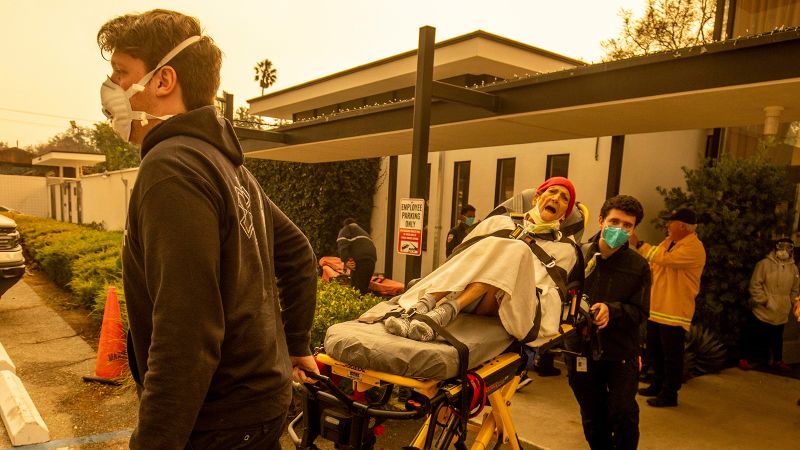
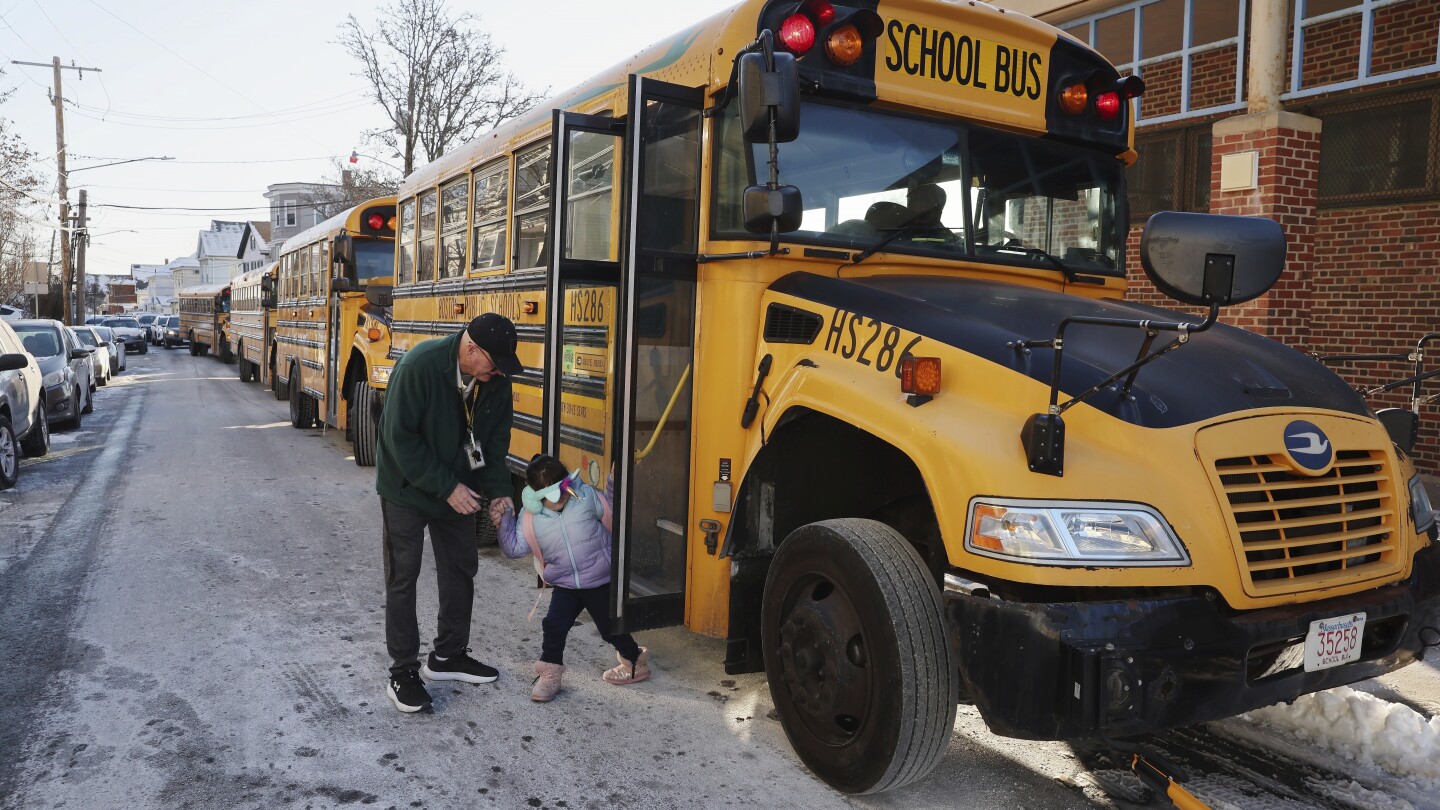
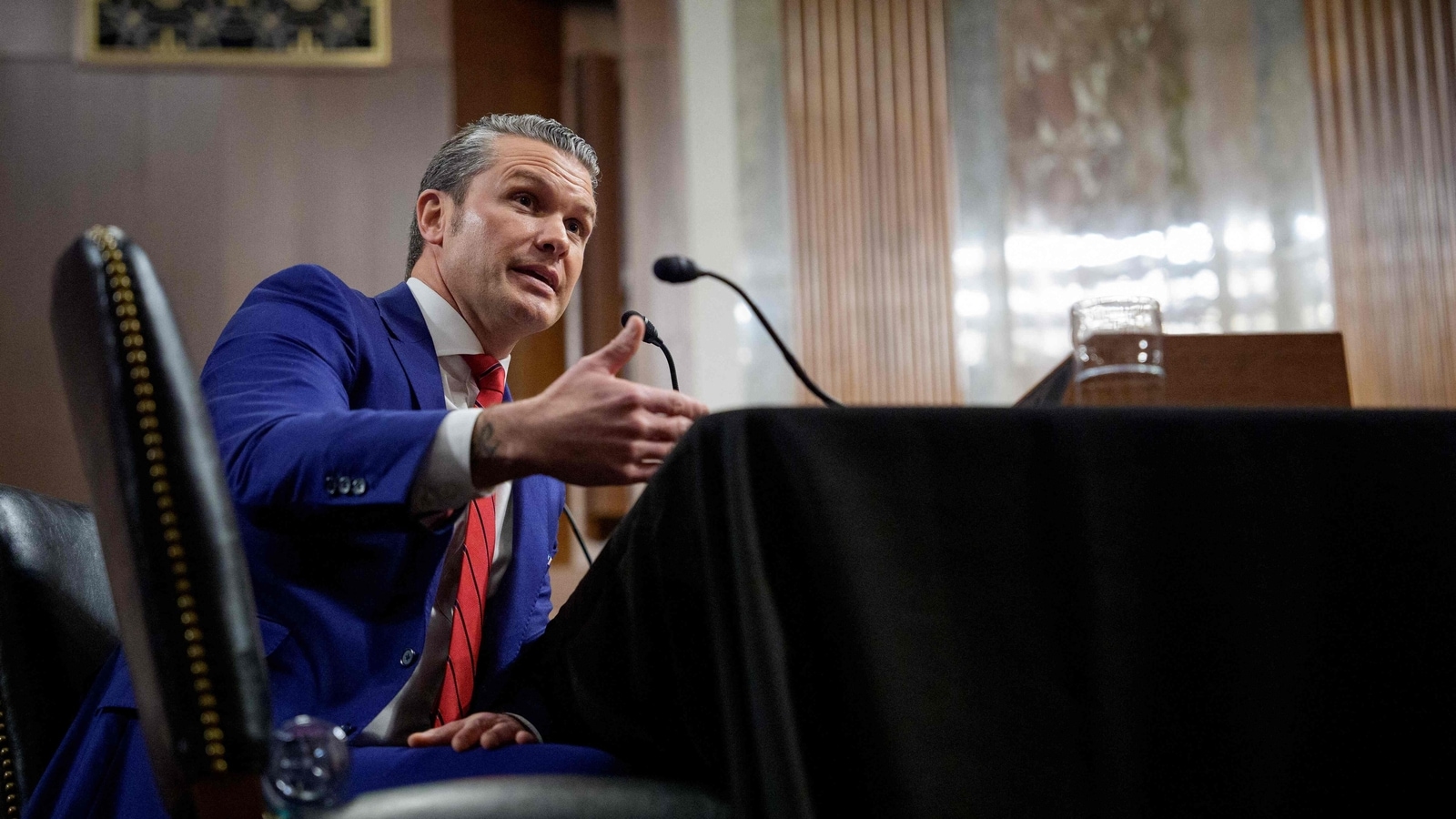
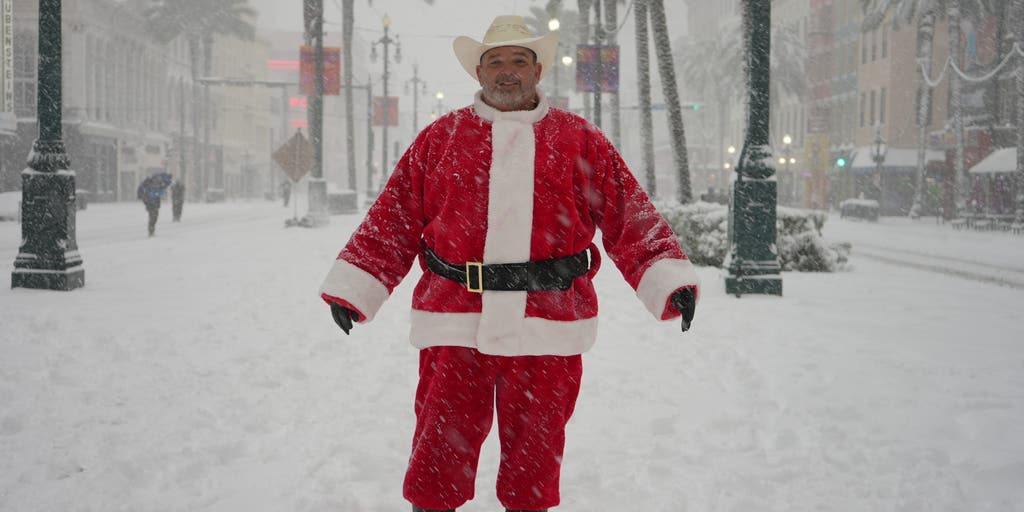
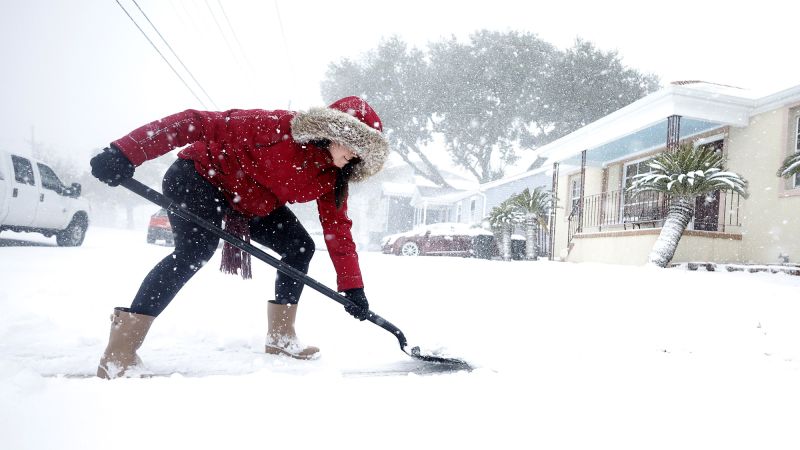


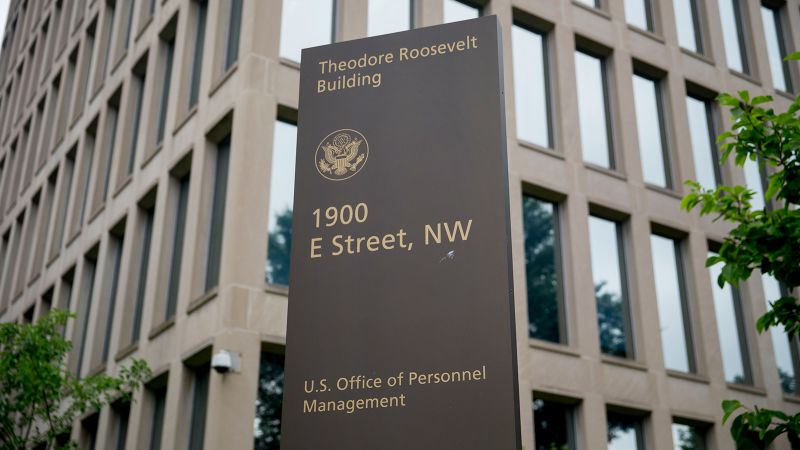






Leave a Reply